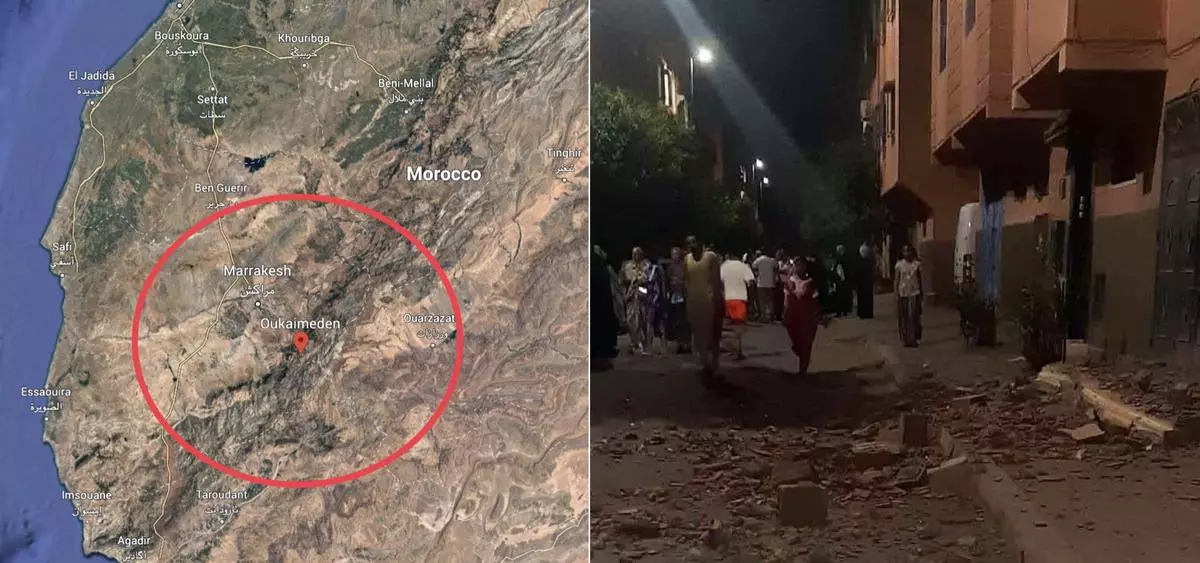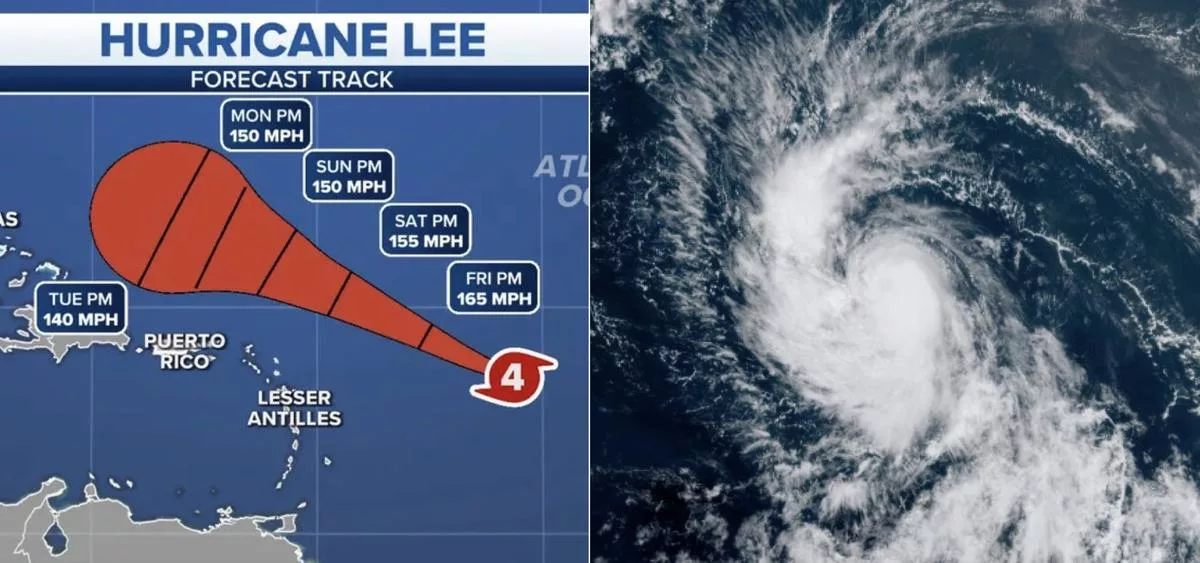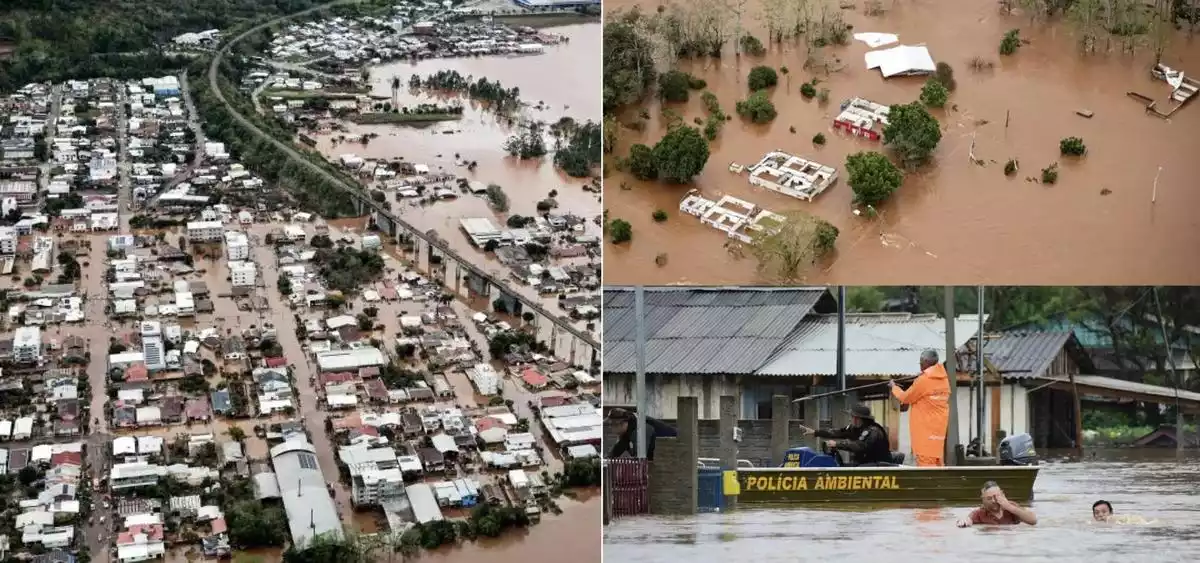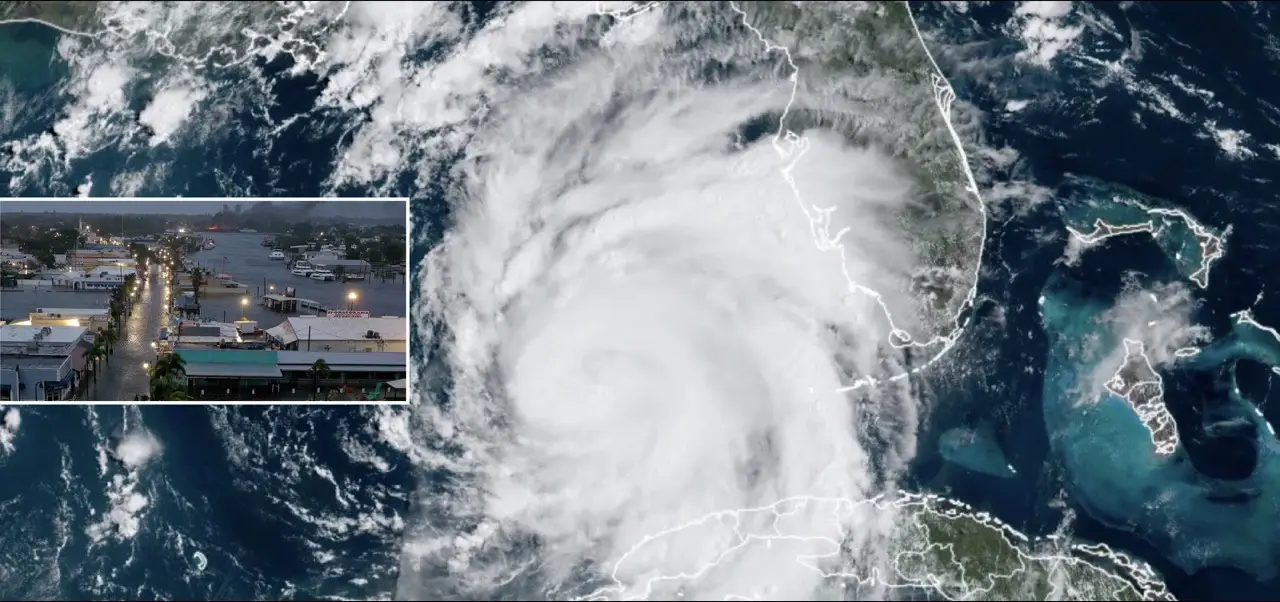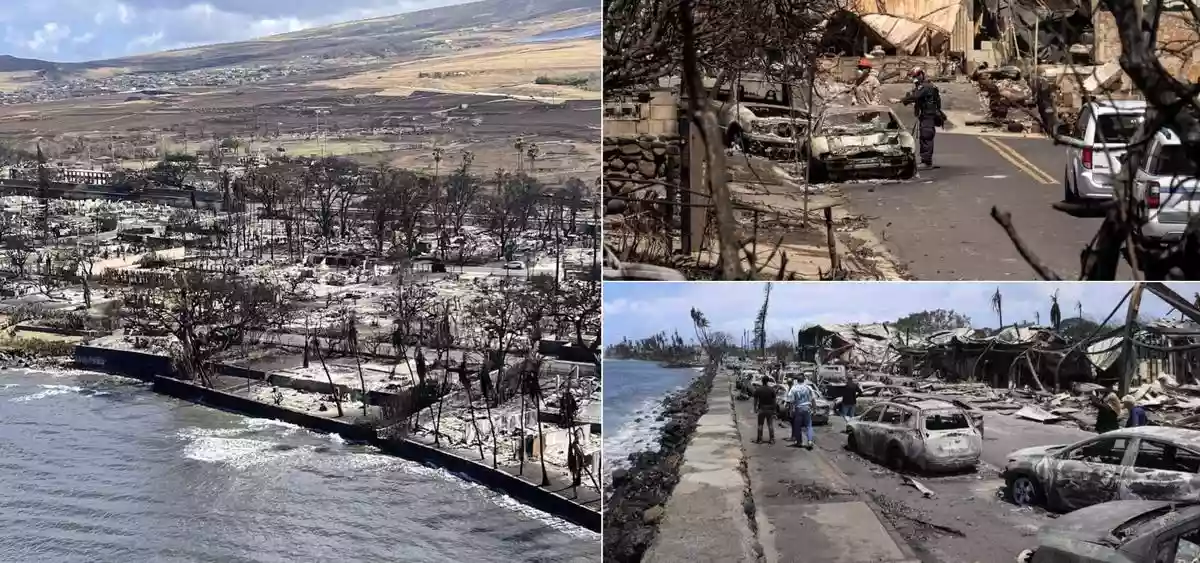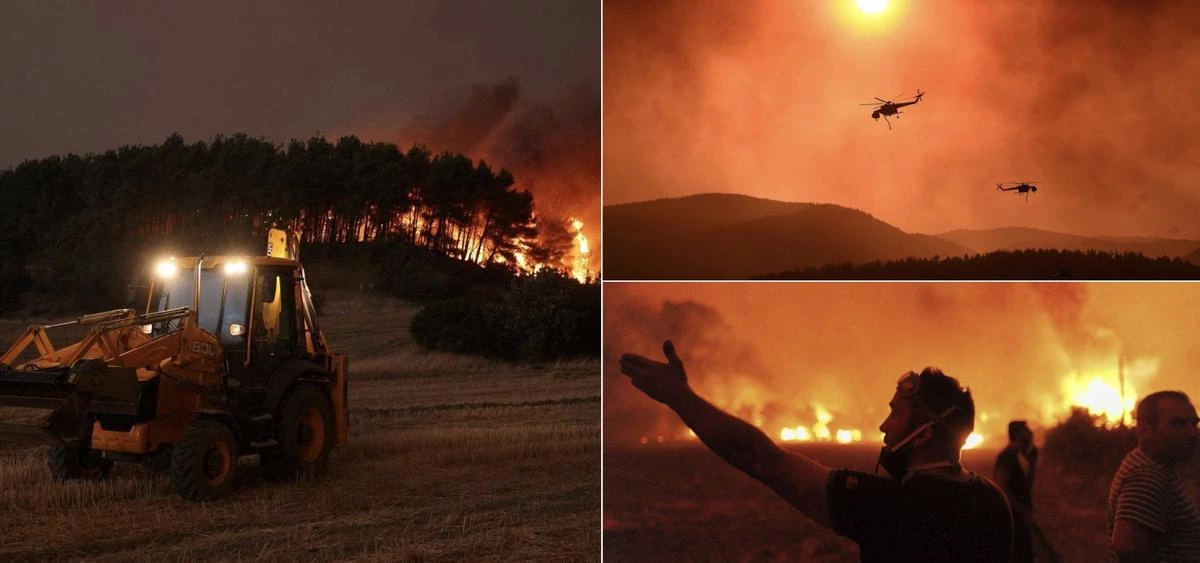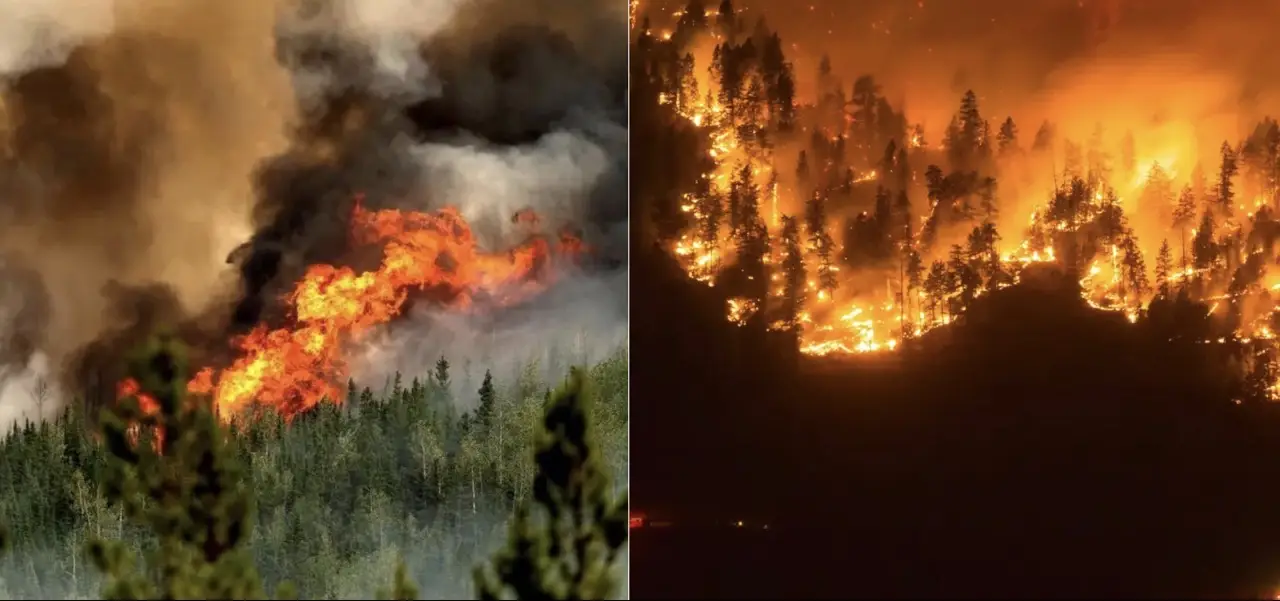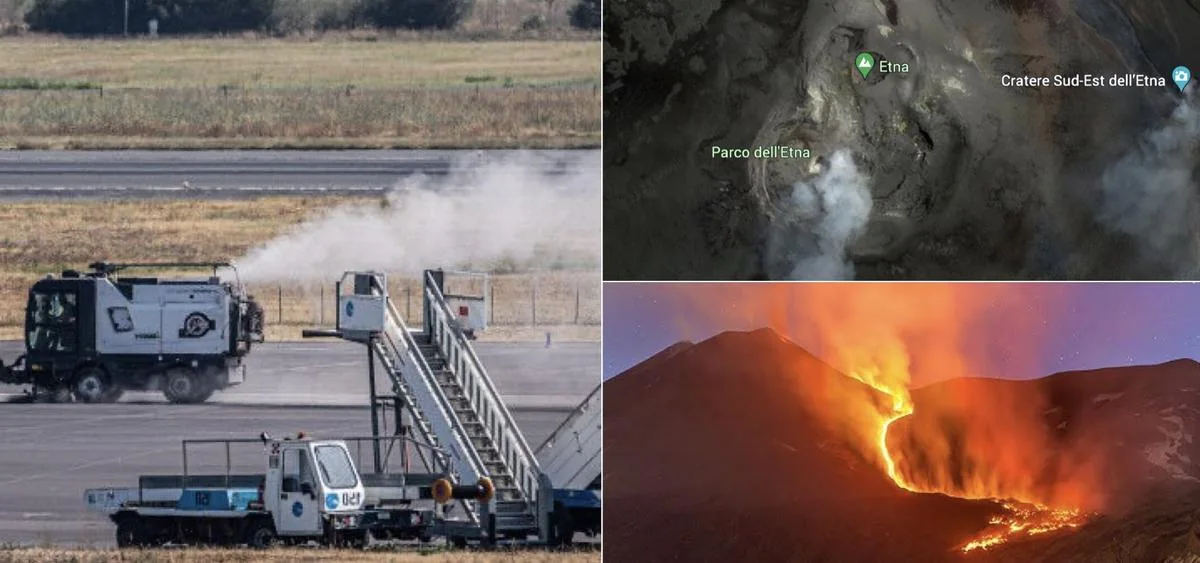Unprecedented Heatwave in South America During Winter, Climate Records Broken

Credits : Google
In a historic turn of events, South America is grappling with an extraordinary heatwave during what should be the winter season. The scorching temperatures have shattered climate records, leaving meteorologists astounded. In particular, Chile and Argentina, along with other Southern Cone countries, are facing extreme heat, with even the mountain town of Vicuna in central Chile experiencing a temperature of 37 degrees Celsius (almost 99 degrees Fahrenheit), a level not seen in over 70 years. Similarly, the capital of Chile, Santiago, has seen temperatures soar to 24 degrees Celsius (75 degrees Fahrenheit), well above the usual winter averages.
Parts of South America are witnessing a heatwave in the middle of winter.
— World Meteorological Organization (@WMO) August 3, 2023
🔗 https://t.co/OMmg6LpKK2
🗣️ #EarlyWarningsForAll #StateOfClimate https://t.co/WnmDQwOnJi
The persistent and intense heatwave has impacted various regions, setting new records for the hottest days ever recorded during the winter season. In Buenos Aires, the temperature surpassed 30 degrees Celsius (86 degrees Fahrenheit), marking the highest temperature ever recorded on August 1. This trend is not limited to specific locations, as cities across Uruguay have also experienced temperatures of 30 degrees Celsius (86 degrees Fahrenheit).
Experts attribute this extraordinary heatwave to a combination of natural variability and human-caused climate change. A dominant weather pattern, known as the “heat dome,” caused by a stagnant ridge of high pressure, has led to hot and dry conditions, suppressing cloud cover and inhibiting the Southwest monsoon, a seasonal wind shift that brings moisture. Human-caused climate change, driven by rising concentrations of greenhouse gases, has exacerbated the frequency, intensity, and duration of heat events in the region. Additionally, the urban heat island effect, resulting from extensive urbanization and increased heat-trapping surfaces, has contributed to the soaring temperatures in cities like Phoenix.
The consequences of this unprecedented heatwave are far-reaching, affecting not only human comfort but also critical natural resources. In Chile, the warm weather has drastically impacted snowpacks in the mountains, which are vital for the country’s water supply. The reduction in snow and glacial melt poses a severe threat to water resources in the capital, Santiago. Moreover, experts warn of the impacts of heat at the polar regions, with diminished sea ice levels observed around Antarctica.
While the heatwave is expected to persist for the foreseeable future, experts anticipate a return to more normal temperatures after the El Nino phenomenon dissipates. However, with the effects of climate change becoming increasingly apparent, the frequency and severity of such heatwaves are likely to escalate in the future.
As these extreme weather events become more common worldwide, it underscores the urgency for nations to take proactive measures to combat climate change and mitigate its devastating impacts on both human societies and the environment.
RELATED NEWS
WEB STORIES FOR YOU
Stay connected with Today On Globe for the latest Global Issues and News Updates.
Explore more related articles at [TOG News / TOG Article]














